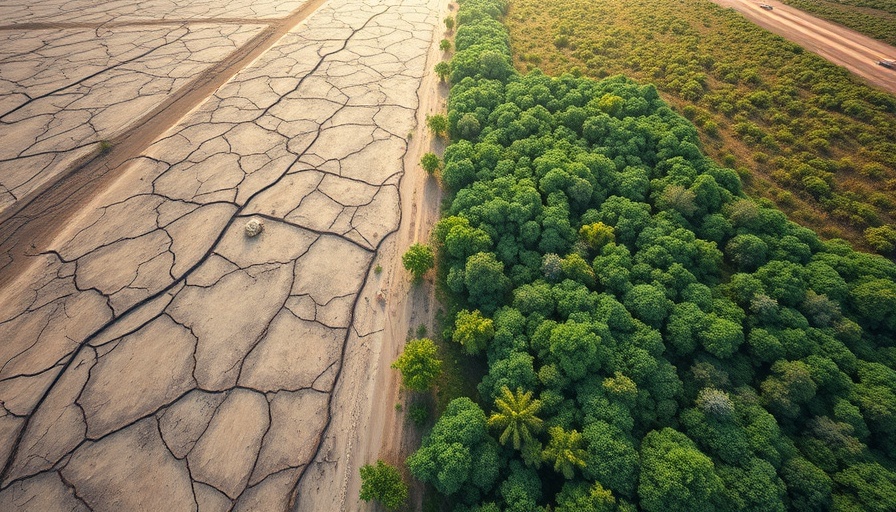
Understanding the Global Economic Impact of Land Restoration
A recent study reveals that fulfilling global land restoration commitments could cost as little as 0.27% of our yearly global GDP. As awareness grows about the critical importance of our planet's ecosystems, it’s vital to comprehend how seemingly small investments can lead to significant environmental recovery.
Breaking Down the Cost
The researchers identified a broad spectrum of costs associated with 243 land restoration projects around the world. The costs range from $185 for passive regeneration, which simply involves protecting an area from human interference, to $3,012 per hectare for innovative methods like silvopasture, where trees and livestock coexist. This clearly shows that with strategic planning, restoration efforts can be tailored to fit various budgets and environments.
The Need for Equitable Support
However, distributing these costs across countries raises concerns for lower-income nations, which would bear a disproportionate share of the financial burden. As the study points out, while restoration in these regions is often more cost-effective, funding and resources are crucial for enabling these initiatives. The investment in land restoration not only aids the environment but also promotes social equity.
Finding Solutions
To address these challenges, the study recommends creating a framework for equitable cost distribution. This could involve Payment for Ecosystem Services (PES) and encouraging private sector involvement alongside public funding, suggesting a collaborative approach is essential for successful and sustainable projects.
The Bigger Picture
Land degradation is a pressing issue that requires immediate solutions. By understanding the financial implications of restoration and advocating for equitable support, communities worldwide can better contribute to meaningful environmental change. Investing in our earth today is investing in a healthier tomorrow for all.
 Add Row
Add Row  Add
Add 




Write A Comment